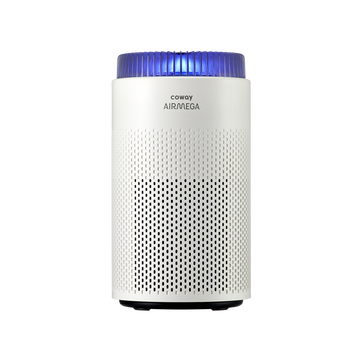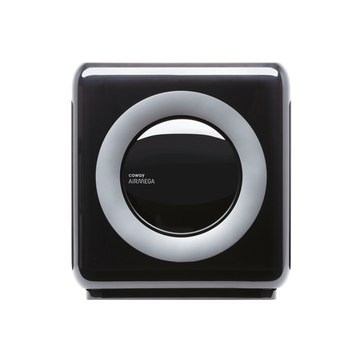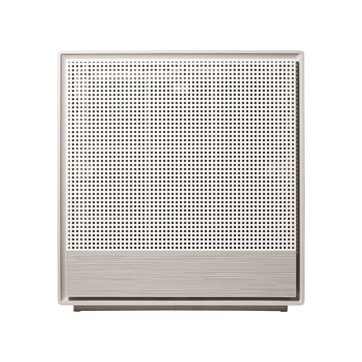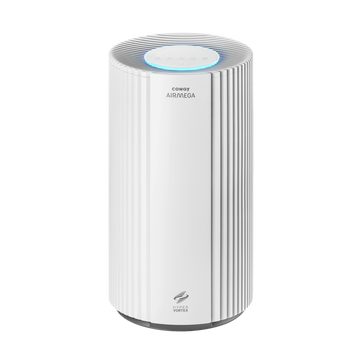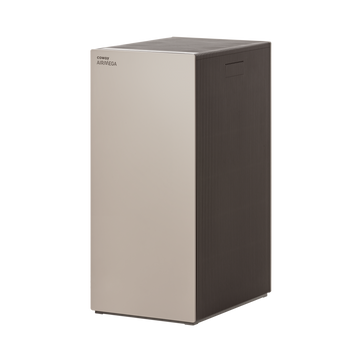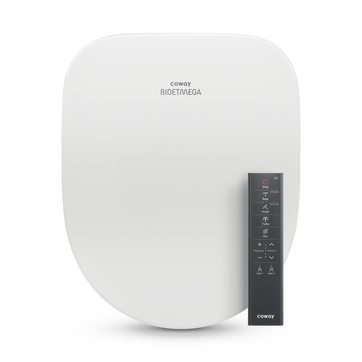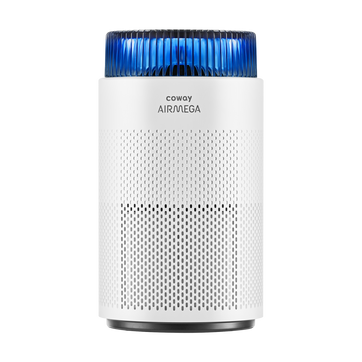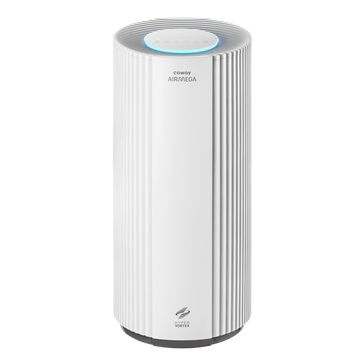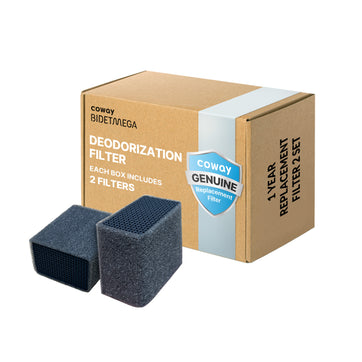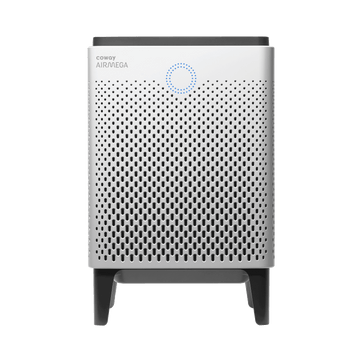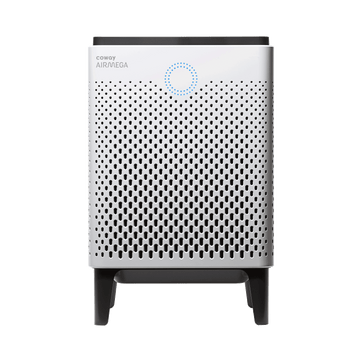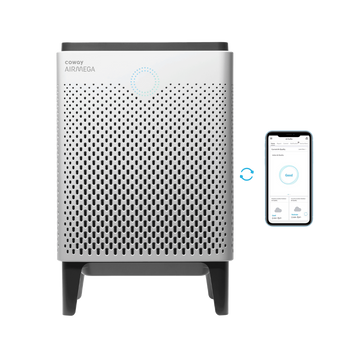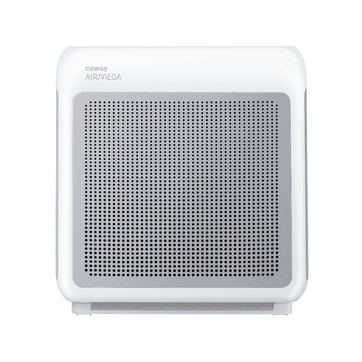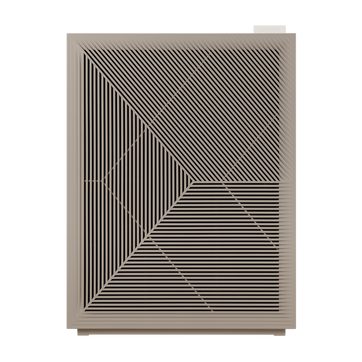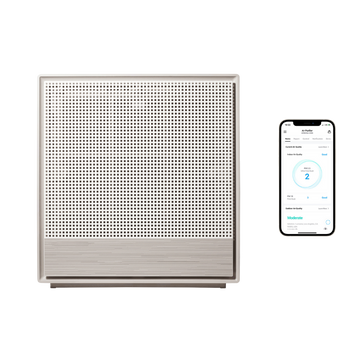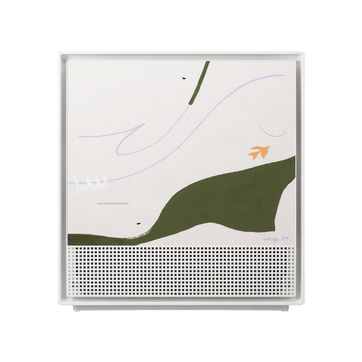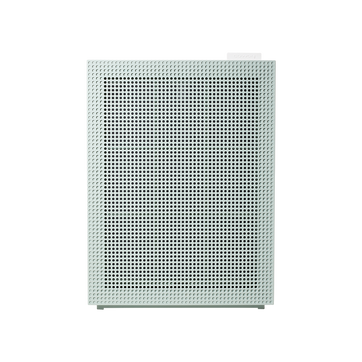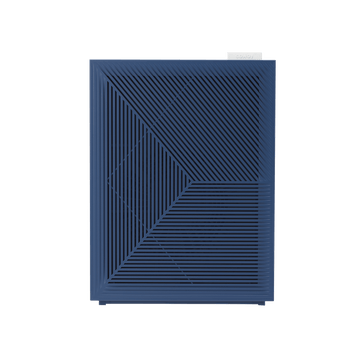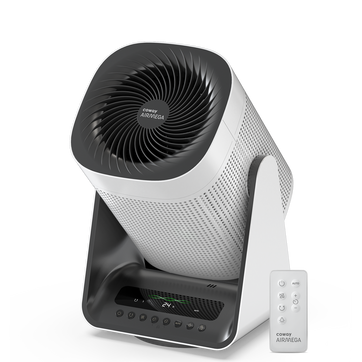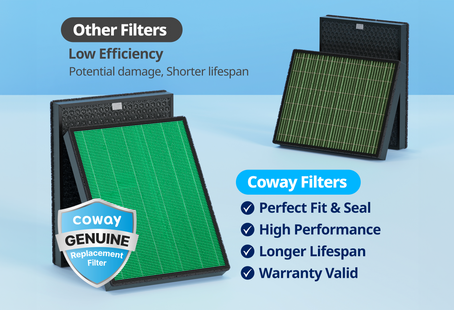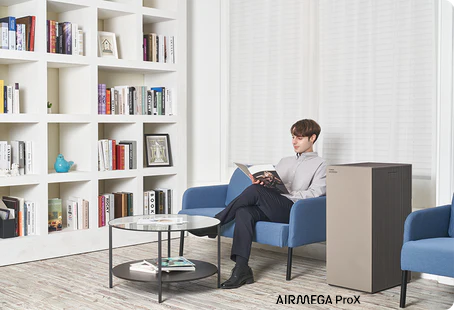
Which cat breeds are best and worst for your allergies?
It’s not easy for a cat lover with allergies or asthma. Those soft, fluffy creatures may make your smile-o-meter skyrocket, but snuggling – or even being around them – likely results in a paroxysm of sneezing, watery eyes and coughing.
The answer for many people is to adopt a cat less likely to cause such reactions. While you won’t find a 100 percent allergy-proof feline, there are a number of breeds considered to be hypoallergenic. That’s because they have less of the Fel d 1 glycoprotein, which is present in cat saliva, urine and skin excretions (dander). The latter remain airborne for long periods, making them easy to inhale. Because dander and saliva stick to the animal’s hair, a feline with a penchant for shedding can create misery for the allergy sufferer.
With that in mind, here’s a look at some feline breeds, rated according to the Airmega sneeze scale, originally developed for dog breeds.
Sphynx

The hairless Sphynx is a breed often associated with being hypoallergenic, since it doesn’t have much allergy-laden fur to shed, though it does require a weekly sponge bath.
Fun fact: The high-energy and monkey-like Sphynx excels at such acrobatic feats as balancing and climbing atop doors.
Honorable mention: The LaPerm. Though not hairless, it has an unusual curly coat that sheds less than most cats, while its curls stop dander from spreading.
Balinese

At first glance, these longer-haired pussycats don’t seem like potential candidates for allergy avoidance. But, in fact, this breed produces less of the Fel d1 protein than most of its feline comrades, thus causing fewer allergic reactions.
Fun Fact: The Balinese is often seen as a low-key, quiet version of the very vocal Siamese.
Honorable mention: The Russian Blue, which also produces less of Fel d 1.
Devon Rex

These critters have short, fine coats that don’t hold as much dander as longer-haired cats, or those with dense undercoats. Plus, they’re light shedders. And because they have less fur than some other breeds, they don’t need to clean themselves as frequently, so their fur has a smaller amount of saliva.
Fun Fact: The Devon Rex originated from the accidental mating of a curly-coated male and a straight-haired female in England.
Honorable mention: The Cornish Rex, which shares many of the same characteristics as the Devon.
Chartreux

The Chartreux has a unique dense and thick wooly textured undercoat, but its shedding habits are problematic. While it generally sheds heavily only once or twice a year, those short double coat hairs often spread dander through the air any time of year – not good for most allergy sufferers.
Fun fact: Known for their dog-like behavior, these cats become so attached to their human family, they’re known to follow you from room to room.
Honorable mention: The Toyger, for its plush, dense coats that also sheds moderately.
Persian

You get a double whammy with this breed: Not only does its high-maintenance fur require frequent grooming, thus putting you in constant contact with saliva and dander, but it sheds a lot.
Fun fact: Today Persians are known for their flat faces, but they originally had much longer noses.
Honorable mention: The Oriental Longhair also sports long, frequently shedding hair.
With any cat, keeping your home surfaces and air clean calls for vigilance. That means regular sweeping, vacuuming, dusting and cleaning the litter box. In addition, a smart air purifier with a HEPA air filter can automatically sense and remove cat allergens and other airborne contaminants, capturing 99.97 percent of particulate matter.
Disclaimers
1Coway air purifiers have been proven to trap dust, pollen, dander, viruses and bacteria in the air based on KCL (Korea Conformity Laboratories) testing.They have been tested in a 30㎥ size chamber according to the Korea Air Cleaning Association standard (SPS-KACA 002-132:2022 Modified) to measure the 0.01㎛ size of particle removal rate. It was tested on maximum airflow speed in normal room temperature and humidity conditions. The performance may vary in the actual living environment of customers.
→ Tested with Airmega Aim, 50, 100, 150, 160, Tower AP-1216L, Mighty AP-1512HH, MightyS AP-1512HHS, 200M, Icon, IconS, 230, 240, 250, 250 Art, 250S, 300, 300S, 350, 400, 400S, 450, ProX
299.97% of viruses, bacteria, fungi and pollen were verified to be removed from the air for Coway air purifiers which have Green True HEPA™ filter applied based on the Japan Food Research Laboratories(JFRL) testing according to JEM 1467 standard.
→ Tested with Coway Airmega Mighty AP-1512HH, MightyS AP-1512HHS, 250, 250 Art, 250S, 300, 300S, 400, 400S
→ All tested by JFRL and received above result within below time.
4The concentration of ammonia, acetaldehyde and acetic acid were proven to be removed within 30 minutes by FCG Research Institute, Inc. Human Life Science Lab. It is not a demonstration result in the actual use space. Not all odors and gases may be supported. → Tested with Coway Airmega 150, 160, Mighty AP-1512HH, MightyS AP-1512HHS, 400, 400S
5The coverage area of the air purifier is based on an area where the air cleaner can make two air changes per hour (ACPH). An air change per hour translates to how many times an air purifier can clean an area, assuming the height of a ceiling to be 8 ft, in one hour. Therefore ** means two air changes per hour means that the cleaner can clean the area once every 30 minutes and * means air changes per hour means that the air purifier can clean the area once every 60 minutes.
10Terms and conditions apply. Discounts, including promotions, coupons, bundle discount and subscription discount, cannot be stacked on top of other coupons. During promotional periods, discount codes will not be able to be applied to orders. Promo codes may apply to products only—filters, accessories, and new products within 3 months of the release date are not included.
11Based on Coway R&D internal laboratory testing, activated carbon filtration was shown to remove up to 95% of ammonia odors within 40 minutes, and up to 99% of fecal odors within 20 minutes. Actual performance may vary depending on usage conditions.
